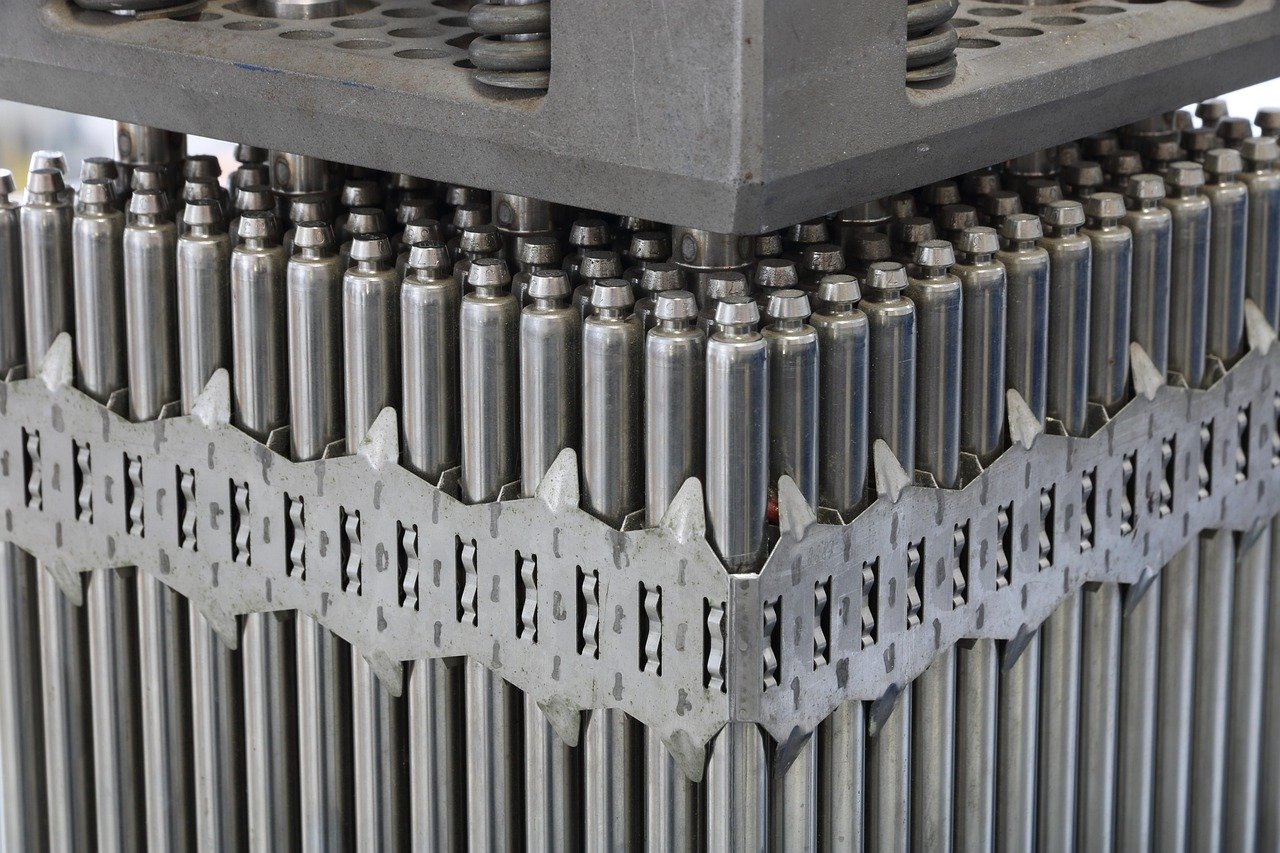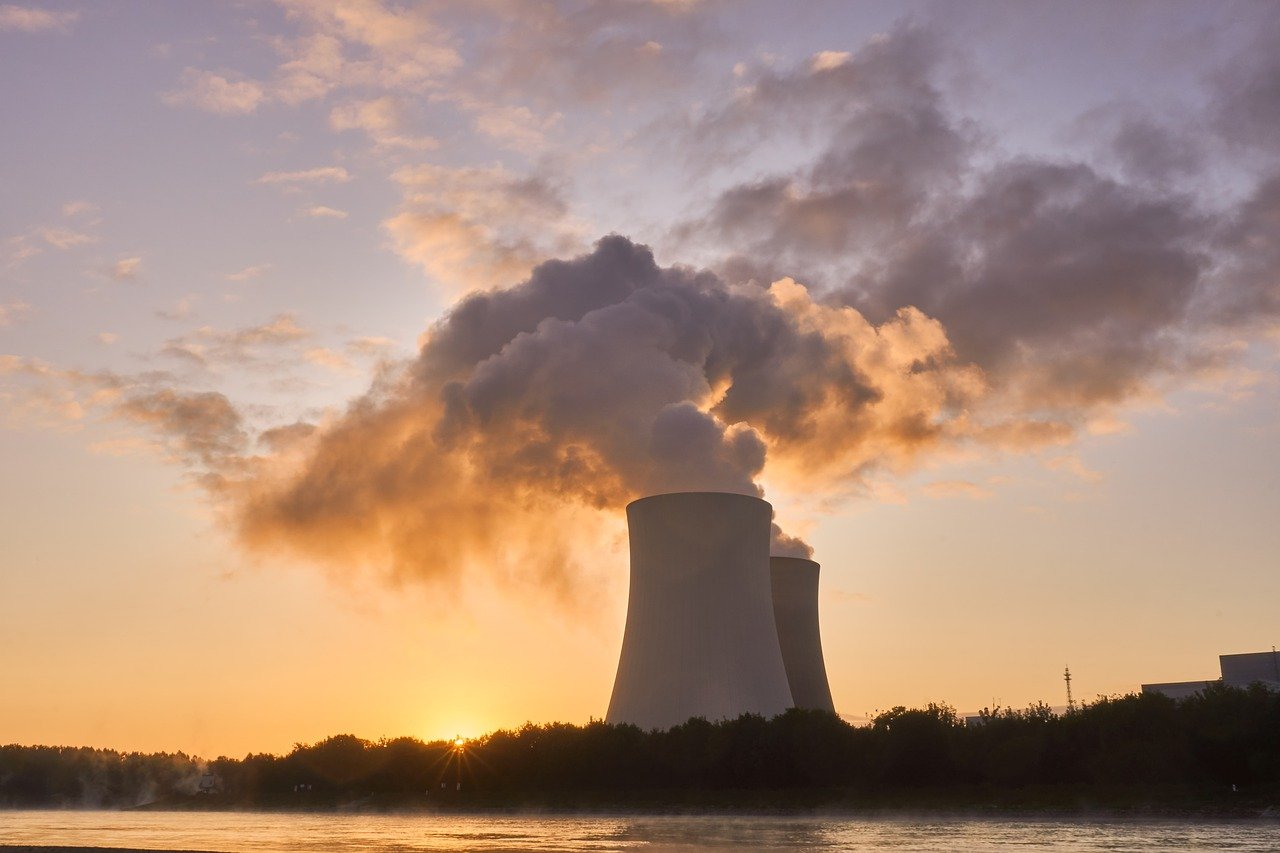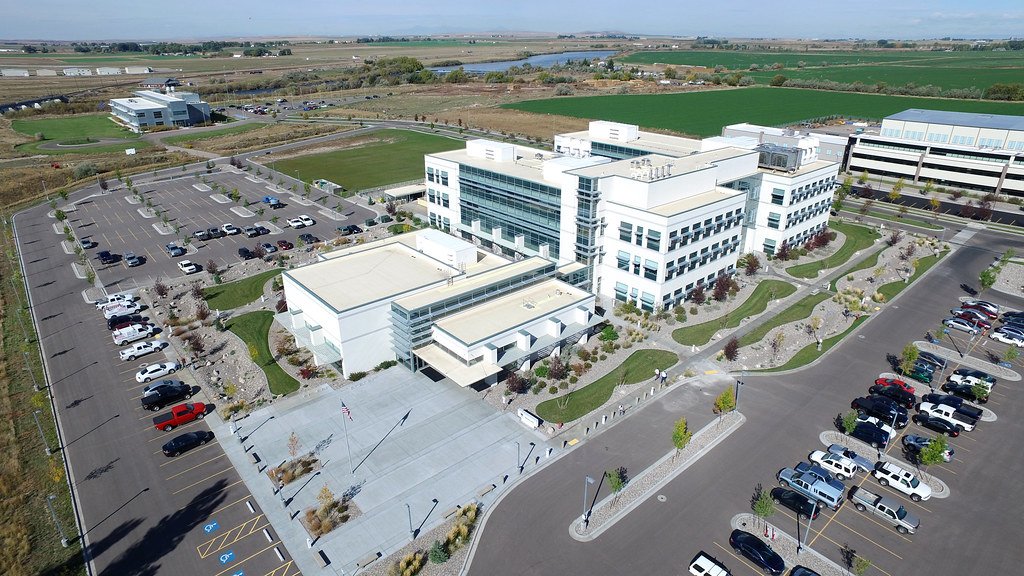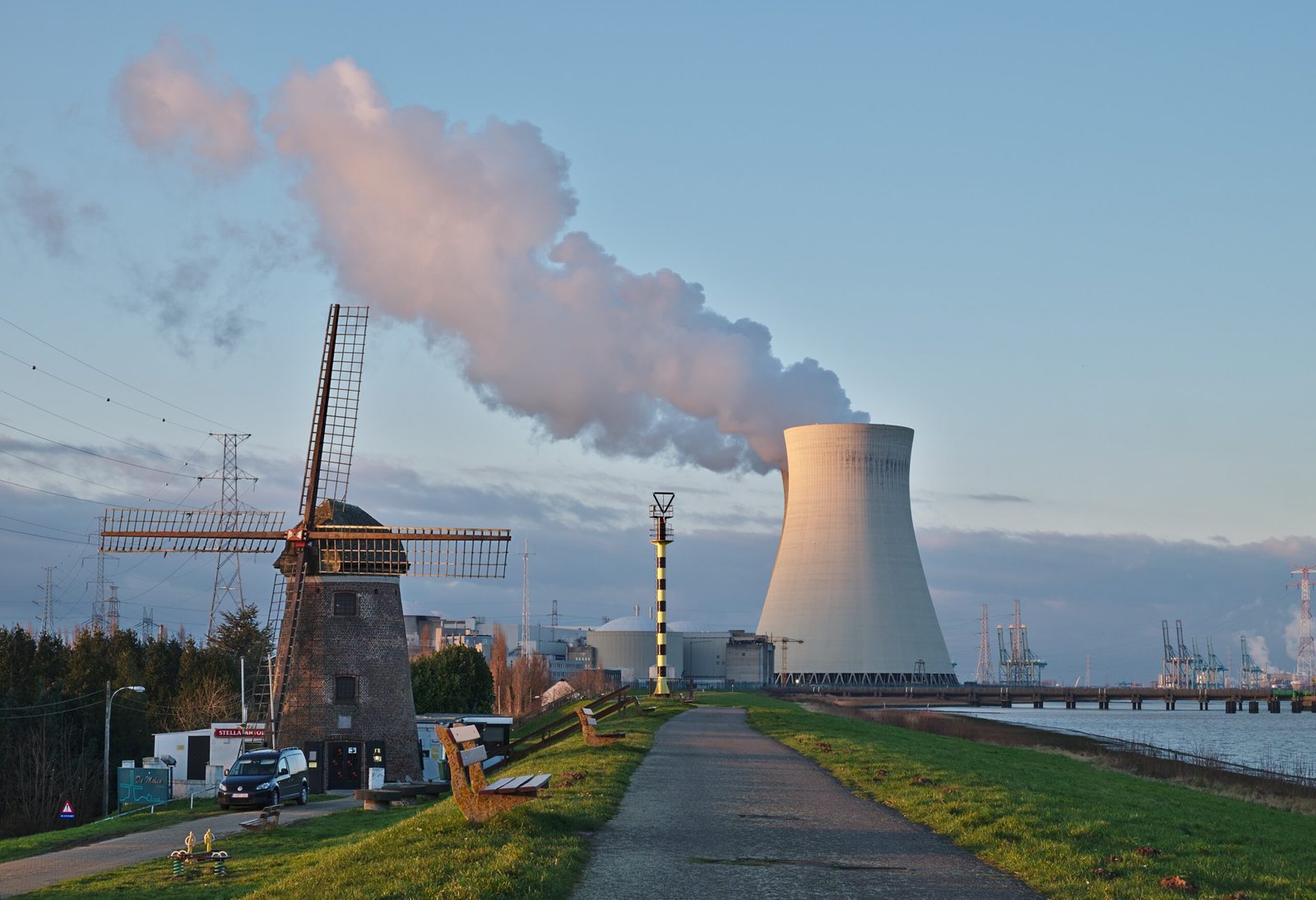The Shocking Reality of AI’s Energy Appetite
Imagine if Japan suddenly vanished from the world’s electrical grid—that’s essentially what we’re looking at with AI data centers by 2030. The International Energy Agency projects that data centres will use 945 terawatt-hours (TWh) in 2030, roughly equivalent to the current annual electricity consumption of Japan. This staggering demand represents more than double what these digital powerhouses consumed in 2024. What’s truly mind-blowing is how quickly this transformation is happening. US power consumption is expected to reach record levels in 2025 and 2026, driven by rising demand from data centers supporting AI and cryptocurrency, with power demand reaching 4,179 billion kWh in 2025 and 4,239 billion kWh in 2026. It’s like adding entire countries to our electrical grid overnight.
The culprit behind this energy explosion isn’t hard to identify. The power densities for AI IT racks can currently push up to 70 kW per rack, with the new generation Blackwell GPUs from NVIDIA going up to 120 kWs per rack, and talk that the generation after may be up to 240 kW per rack. That’s enough electricity to power multiple homes concentrated into a single computer rack. Think of it this way: if a traditional data center was like a bicycle, today’s AI data centers are like rocket ships in terms of energy consumption.
Why Wind and Solar Just Can’t Cut It Alone

Here’s where things get complicated for renewable energy advocates. Analysis shows that the average cost of energy for onshore wind is $25 per megawatt hour in the US, while solar energy costs $26/MWh, but utility-scale solar plants only run around 6 hours per day on average, while wind plants run for an average of 9 hours per day. AI data centers don’t take coffee breaks or sleep—they need power 24/7, 365 days a year. It’s like trying to run a hospital on power that only works when it’s sunny or windy. The math simply doesn’t add up for continuous operations.
Solar’s inherent intermittency requires it to be coupled with either a baseload power generation source that can run when solar doesn’t, or a battery storage solution that fills the gap. While battery technology is improving rapidly, storing enough energy to power massive AI operations through cloudy, windless periods remains prohibitively expensive. This reliability gap is exactly where nuclear power steps in as the unsung hero of the AI revolution.
The Nuclear Renaissance Nobody Saw Coming
Just a few years ago, nuclear power seemed like yesterday’s technology, with plants shutting down and public opinion largely negative. Fast forward to 2025, and the narrative has completely flipped. Several big tech companies looking for low carbon, round-the-clock energy signed contracts for new nuclear capacity in the last year, and there could be more such deals ahead. It’s as if the tech world suddenly realized they’d been ignoring their most reliable energy partner all along.
The numbers tell an incredible story of resurgence. Goldman Sachs forecasts that 85-90 gigawatts (GW) of new nuclear capacity would be needed to meet all of the data center power demand growth expected by 2030. That’s not just a comeback—it’s a complete transformation of the energy landscape. Nuclear power’s share is anticipated to remain stable at 19% of the US energy mix, but this stability masks the massive new investments and renewed confidence in nuclear technology.
Tech Giants Place Their Bets on Atomic Energy
Microsoft signed an agreement with Constellation Energy to purchase power for its data centers by restarting the Three Mile Island plant in Pennsylvania, with the $1.6 billion plan involving refurbishing the plant, renewing its operating license, and resuming operations by 2028. Yes, you read that right—Three Mile Island, the site of America’s worst nuclear accident, is being brought back to life to power AI. It’s a dramatic symbol of how desperate the situation has become.
Amazon isn’t sitting on the sidelines either. Amazon led a US $500 million financing round to support X-energy, with plans to build multiple SMRs producing at least 5 GW total by 2039. Google has jumped in too, backing Kairos Power with a 500 MW development agreement, with the company saying the facilities will be operational by 2030. These aren’t small pilot projects—we’re talking about investments that could reshape the entire energy sector.
Small Modular Reactors: Nuclear Power’s Game Changer
Traditional nuclear plants are massive, expensive, and take decades to build. Small Modular Reactors (SMRs) flip this script entirely. SMRs have capacities ranging from 20 to 300 megawatts, meeting energy needs without large infrastructure, as in the case of traditional nuclear plants. Think of them as the difference between building a massive dam versus installing modular water treatment plants—same end result, but far more flexible and manageable.
The modular nature of SMRs allows for quicker construction times (3-5 years) compared to traditional nuclear reactors (6-12 years). This speed advantage is crucial when tech companies are racing to build AI infrastructure. These prefabricated units can be transported and installed on-site, and as a result, are more affordable and easier and faster to build than large reactors that often have custom designs. It’s like comparing custom-built skyscrapers to prefabricated buildings—both get the job done, but one is far more practical for rapid deployment.
The Perfect Marriage: AI Operations and Nuclear Reliability
SMRs provide a stable 24/7 power source, ideal for the continuous demands of AI data centers, operating independently of centralized power grids, ensuring resilience for AI-critical functions and reducing risks from outages or grid instability. This self-sufficiency is like having your own private power company that never fails. For AI systems that process millions of calculations every second, even brief power fluctuations can cause catastrophic failures or data loss.
The power production profile of an SMR matches to a large extent the typically fairly continuous power demand profile of a data center. It’s a match made in engineering heaven—constant, reliable power meeting constant, massive demand. Unlike solar panels that produce no power at night or wind turbines that sit idle during calm weather, nuclear reactors just keep humming along, producing steady electricity regardless of weather conditions or time of day.
The Economics Are Starting to Make Sense

Here’s where the story gets really interesting from a financial perspective. Most SMRs under development could cost less than $2 billion compared to more than $10 billion for traditional nuclear plants. That’s still a hefty price tag, but it’s becoming increasingly attractive when compared to the alternatives. The SMR market could rise to $25 billion by 2030, and reach $670 billion by 2050, with the world potentially having 190 gigawatts of SMR power by 2050 bringing in up to $900 billion in global investment.
Studies suggest modular construction, factory fabrication, and standardized deployment could drive efficiencies, potentially reducing costs as more units are built, with deploying four 300-MW SMRs potentially dropping costs by 20% compared to a single 1,200-MW reactor. It’s the classic economy of scale principle applied to nuclear power—the more you build, the cheaper each unit becomes.
Regulatory Hurdles Are Finally Getting Addressed
The Nuclear Regulatory Commission recently proposed a dramatic reduction in service fees—slashing them by more than 50%—for advanced nuclear reactor applicants and pre-applicants, with the move designed to incentivize innovation and accelerate next-generation nuclear deployment, set to take effect in late 2025. This is huge news for the industry, as regulatory costs have traditionally been a major barrier to nuclear development.
The US Department of Energy has launched a $900 million funding program to support the development of SMRs and other advanced nuclear technologies, aimed at accelerating SMR deployment as part of the nation’s clean energy strategy. Government support at this level signals a fundamental shift in how policymakers view nuclear power’s role in the energy future.
Safety Concerns Get a Modern Makeover
One key advantage of SMRs is their innovative design, which doesn’t rely on regular water for neutron moderation and cooling, instead using high temperature gas or molten salt, enhancing safety and efficiency, requiring much less space and not needing the 10-mile emergency planning zone that traditional nuclear plants do. These aren’t your grandfather’s nuclear reactors—they’re engineered with decades of safety lessons built in from the ground up.
The reactors run on tri-structural isotropic (TRISO) particle fuel made of uranium, carbon, and oxygen encapsulated in graphite kernels the size of a poppy seed. This fuel design is inherently safer because it can’t melt down like traditional nuclear fuel. It’s like comparing a campfire that could spread out of control versus individual charcoal briquettes that burn safely in contained spaces.
The Global Race Is Already Underway

China is exploring SMRs, expecting them to play a role between 2030 and 2035, with the IEA estimating that low-emissions electricity (including SMRs) will supply 60% of power for Chinese data centers by 2035, compared to 55% in the U.S. by the same year. This isn’t just an American phenomenon—it’s a global transformation happening in real time. Countries around the world are recognizing that the nation with the most reliable, clean energy will have a massive advantage in the AI economy.
The development of SMRs is still ongoing, with many designs in various stages of development, from conceptual design to detailed design and construction, with two SMRs in operation in 2024 in the Russian Federation and in China respectively. The race is on, and early movers will likely capture the biggest share of this emerging market.
What Could Go Wrong?
Not everything is smooth sailing in nuclear’s comeback story. The primary obstacle for nuclear energy, particularly SMRs, is cost—and the fact that they currently do not exist and are therefore unproven, with only extra-large reactors being economically viable since the 1960s due to economies of scale. We’re essentially betting trillions of dollars on technology that hasn’t been fully proven at commercial scale.
A robust supply chain is needed since SMRs’ new technologies and manufacturing processes still need to be fully developed, risking delays and cost overruns, with supply chain inflation increasing costs and complicating timely delivery. The nuclear industry lost much of its manufacturing capability over the past few decades, and rebuilding that infrastructure won’t happen overnight.
The Wild Card: AI Efficiency Improvements

Here’s where things get really unpredictable. Chinese AI startup DeepSeek unveiled models that reduced the compute cost of AI inference by a factor of 10, achieving OpenAI GPT-4.5-level performance while consuming only a fraction of the power, with the news upending future electricity demand assumptions and rattling both the energy and tech sectors. If AI becomes dramatically more efficient, the entire energy demand projection could be wrong.
Emerging innovations, such as in-memory computing, optical data transmission, and 3D stacked computing, could significantly reduce AI’s power consumption, with increased model efficiency and potential shifts in AI usage patterns further curbing demand, with the Chinese model DeepSeek demonstrating that significantly less energy may be required for AI advancement. This efficiency revolution could either reduce nuclear power’s importance or make it even more valuable by enabling even more AI applications.
The Infrastructure Challenge Nobody Talks About
A recent McKinsey report suggests that the primary challenge in the United States is not increasing energy production but overcoming limitations in grid connections and transmission, with expanding transmission infrastructure and using existing and mature energy technology potentially being a more practical solution. Building nuclear reactors is only half the battle—getting that power to where it’s needed requires massive grid upgrades.
The rapid growth of data centers will place additional strain on the electric grid, requiring substantial investment, with Goldman Sachs estimating that approximately $720 billion will need to be spent on grid upgrades through 2030. That’s almost as much as the entire nuclear investment—and it’s money that has to be spent regardless of which energy sources we choose.
Environmental Impact: The Elephant in the Room

SMRs present a low-carbon alternative to fossil fuels, aiding tech companies in achieving sustainability objectives, with SMRs in Canada potentially reducing emissions by 19-59 Mt by 2050, a 3%-9% decrease from 2020, mainly in oil, gas, and manufacturing industries. The environmental case for nuclear is compelling, especially when compared to natural gas plants that would otherwise meet this demand. But there’s still the thorny issue of nuclear waste that lasts for thousands of years.
A scenario in which 60% of increased data center demand was met by thermal sources such as natural gas would lead to an expected emissions increase of 215-220 million tons globally, equivalent to 0.6% of the world’s energy emissions. The choice isn’t between nuclear and renewables—it’s between nuclear and fossil fuels for reliable baseload power. From a climate perspective, nuclear clearly wins that comparison.
Nuclear power’s comeback isn’t just about meeting AI’s energy demands—it’s about reshaping our entire energy future. The marriage between artificial intelligence and atomic energy might seem unlikely, but it’s proving to be one of the most important technological partnerships of our time. As data centers continue their relentless growth and AI becomes even more central to our economy, nuclear power is positioning itself as the reliable, clean energy source that could power the next phase of human technological evolution. Will it work as promised? The stakes are too high not to find out.

